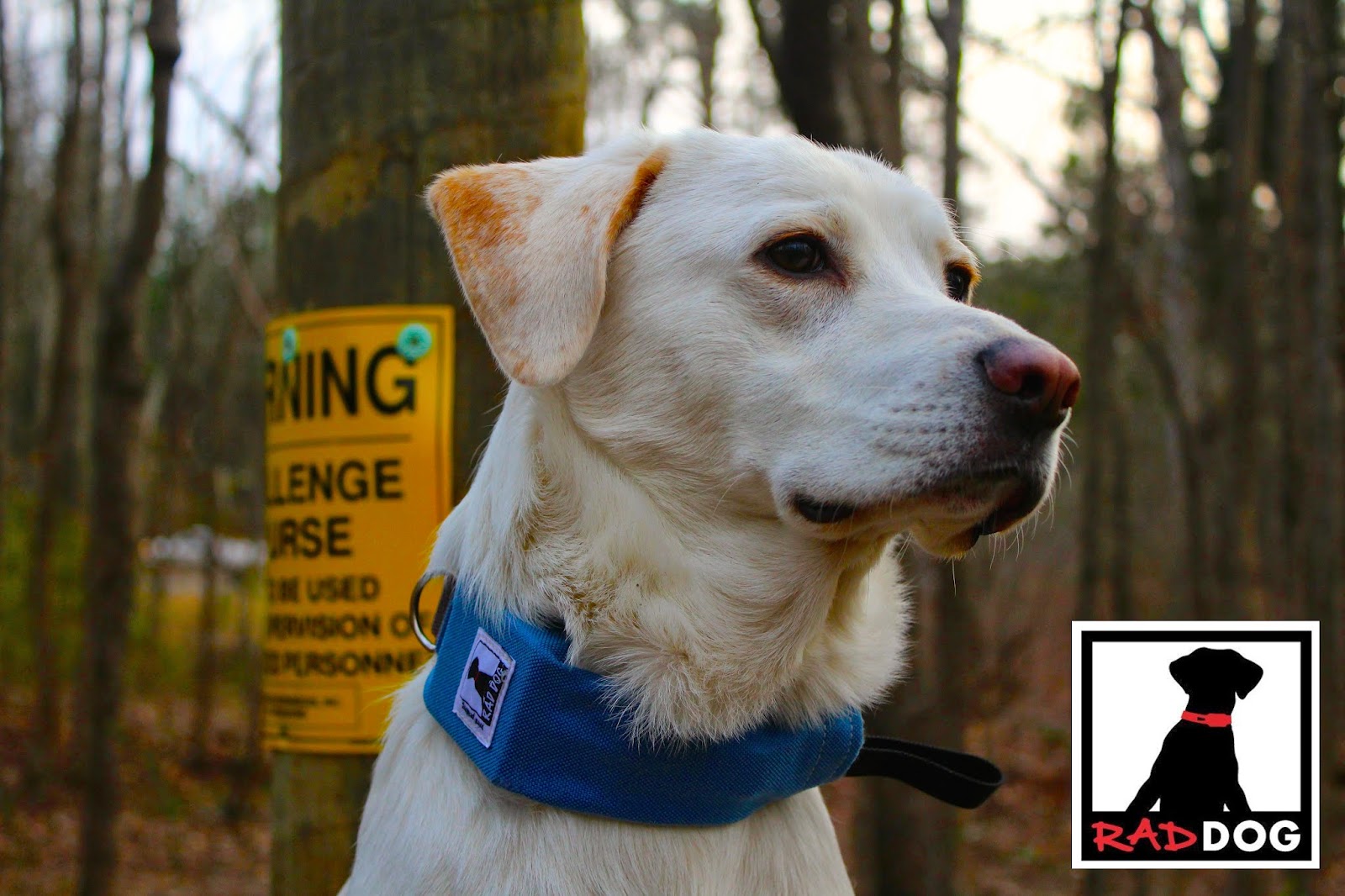 What dogs were meant to do: bound through giant snow drifts, chase squirrels off-trail, and jump into mud with the enthusiasm of kindergartener at recess.
What dogs were meant to do: bound through giant snow drifts, chase squirrels off-trail, and jump into mud with the enthusiasm of kindergartener at recess. What dogs are generally not so good at: staying on-trail, staying on-course, and minding their own furry business.
As much as we would love for our dogs to meander freely down congesting trails and paths, we all know that when a dog is off-leash, there's a good probability of rodent-hunting, tail-sniffing, and puddle diving. So, we opt to keep them on-leash instead.
If the requirement for your dog to be on-leash has you limiting your trail activities, don't fret! With the right dog gear for the trail and a little practice, you can enjoy the trail with your dog any way you like it: on foot, on bike, on skis, and on snowshoes.
To help you along your adventure, consider these Rad Dog tips for taking your dog on the most difficult of canine trail adventures: mountain biking.
Tips for Training Your Trail Dog to Mountain Bike With You:
1. Train your pup early. The saying, "can't teach an old dog new tricks" maybe incorrect, but there's some truth to the fact that dogs are easier to train initially than to retrain when they are older. So, if you can, start leash training your dog at a young age.
 2. Leash train using
2. Leash train using 3. Switch to a short leash and bike. When your pup is ready, find a quiet place free of congestion to train your dog to run with your bike. Using a short leash, run your dog alongside the gutter-side of your bike, about a foot away from your handlebars as you pedal along. Tug the leash anytime your dog drifts away from the bike, paying close attention as you approach other people, dogs, cars, and other distractions.
4. Get verbal. As you train your canine to run alongside your bike, be sure to give them verbal cues as well as physical cues from pulling on the leash. Words like "Haw!" "Go!" "Right!" "Easy!" and "Whoa!" all help communicate to your dog the correct response. This also helps form a pattern of behavior and command that is useful both on, and off-leash.
 5. Test drive on a wide, empty trail. After you have established a consistent pattern of behavior where the dog is able to accompany you alongside the bike in a predictable manner, you can give a wide trail a go. Select a low-traffic, easy, and wide trail where the dog can run alongside you with few distractions. After a lot of practice and consistency, your dog may be ready to run with you off-leash. A dog collar-and-leash-in-one, such as the Rad Dog Release 'N Run can offer you the flexibility of leash when you need it, without the added hassle. When a leash is required, simply pull the handle on the collar of the dog, freeing the leash for use. More utility, less gear!
5. Test drive on a wide, empty trail. After you have established a consistent pattern of behavior where the dog is able to accompany you alongside the bike in a predictable manner, you can give a wide trail a go. Select a low-traffic, easy, and wide trail where the dog can run alongside you with few distractions. After a lot of practice and consistency, your dog may be ready to run with you off-leash. A dog collar-and-leash-in-one, such as the Rad Dog Release 'N Run can offer you the flexibility of leash when you need it, without the added hassle. When a leash is required, simply pull the handle on the collar of the dog, freeing the leash for use. More utility, less gear!6. Time to go singletrack. As you and your dog get more familiar with trail riding together, you will eventually want to teach them to run behind you so you can ride singletrack. This is done easier if your dog is on voice command because you can yell "heel" as the dog heads towards your back tire. One of our sources suggests this approach to training your dog to run singletrack (though we have not personally tried this): "Attach a five-foot pole to the leash. Start with the dog alongside you. Say "Heel!" and move the pole back to position the dog behind your rear tire."
There are a variety of great resources out there from avid mountain bikers who take to the trail with their dog regularly. For more information, check out this article by Utah Mountain Biking, "Training Your Trail Dog."





No comments:
Post a Comment